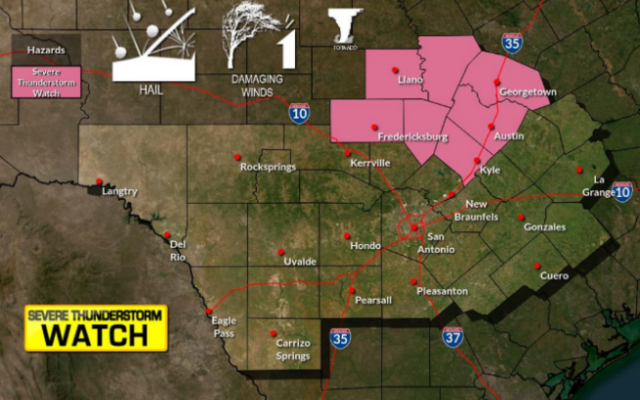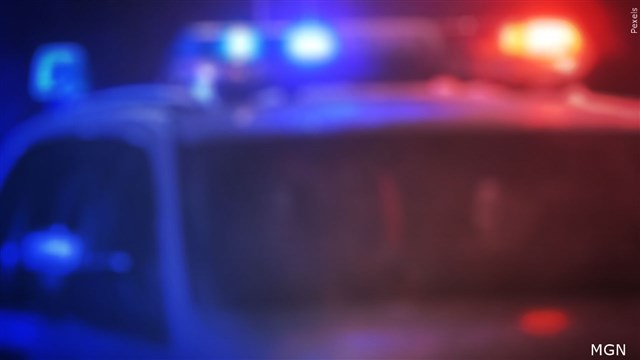Acting Capitol Police chief admits ‘internal challenges’ during Jan 6. response

By LUKE BARR, ABC News
(WASHINGTON) — In prepared testimony she’s set to deliver Thursday before the House Appropriations Committee, the acting U.S. Capitol Police chief defends the actions of her department on Jan. 6, but admits the force was “overwhelmed by thousands of insurrectionists” who made it inside the Capitol and had “internal challenges” as the assault was underway.
“But, at the end of the day, the USCP succeeded in its mission. It protected Congressional Leadership. It protected Members. And it protected the Democratic Process. At the end of a battle that lasted for hours, democracy prevailed,” the acting chief, Yogananda Pittman, is expected to tell the committee.
Pittman, who was the assistant chief of police of the department’s Protective & Intelligence Operations on Jan. 6, says she was responsible for member details and the Department’s Intelligence and Interagency Coordination Division (IICD).
She says the IICD came back with four “special assessments” of the situation ahead of Jan. 6 – all of which involved raw intelligence. Pittman says the final Jan. 3rd report concluded that militia members would be participating, would be armed, they’d target the joint session of Congress and “the threat of disruptive actions or violence cannot be ruled out.”
The acting chief insists that while security officials were aware of that intelligence, it could not have predicted what occurred, adding that the Secret Service brought then-Vice President Mike Pence to Capitol hill.
“Although the Department’s January 3rd Special Assessment foretold of a significant likelihood for violence on Capitol grounds by extremists groups, it did not identify a specific credible threat indicating that thousands of American citizens would descend upon the U.S. Capitol attacking police officers with the goal of breaking into the U.S. Capitol Building to harm Members and prevent the certification of Electoral College votes,” she says in her prepared remarks. “Nor did the intelligence received from the FBI or any other law enforcement partners include any specific credible threat that thousands of American citizens would attack the U.S. Capitol.”
Pittman admits mistakes were made, including botched lockdown instructions and lack of use-of-force guidelines.
“We learned that despite the lockdown order simulcast over the radio, a lockdown was not properly executed,” she explained.
Pittman says the department will review training on radio communications and lockdown procedures. One of the criticisms, mainly from the USCP union, is that leadership was not able to communicate with USCP officers who were fighting off the insurrectionists.
The acting chief also says that use of force guidelines were not clear.
“We also learned that officers were unsure of when to use lethal force on January 6th. We have provided guidance to officers since January 6th as to when lethal force may be used consistent with the Department’s existing Use of Force policy,” she says.
She also notes that the “less lethal munitions” were not as successful in fending off intruders.
On Monday, former Capitol Police Chief Steven Sund, who resigned in the wake of the assault, testified at a joint hearing by the Senate Rules and Senate Homeland Security committees that, after reviewing this intelligence, he increased the security precautions at the Capitol.
In her statement, Pittman says that, after reading the intelligence reports, the department increased member details from four to six, posted details outside of “certain” congressional leaders houses and equipped officers with assault weapons, deployed surveillance assets and worked to intercept “the radio frequency used by some demonstration groups and monitoring the communications of those groups.”
In addition, Pittman says that the Department deployed USCP SWAT teams to monitor protesters and be on the lookout for firearms and restrict some access to the building.
In the end, all of this was for naught, she said.
“Despite the adjustment in its operations in response to the January 3rd Special Assessment, the Department was not prepared for the massive groups of violent insurrectionists that descended on the U.S. Capitol’s West Front just before 1:00 p.m. on January 6th,” Pittman says. “While the Department was prepared to neutralize and remove individuals or groups engaging in civil disobedience or violence among the demonstrators, it was quickly overwhelmed by the thousands of insurrectionists (many armed) who immediately and without provocation began attacking officers, bypassing physical barriers, and refusing to comply with lawful orders.”
Once the Capitol was breached, Pittman said the department’s focus turned to securing members and then to the physical security of the building.
Pittman walks through the difficulties in securing the open Capitol campus, noting that since 9/11 there has been a need to strike a balance between openness and security but adds that the department is currently reviewing a long-term solution.
“Even before September 11, 2001, security experts, including former USCP chiefs of police, argued that more needed to be done to protect the Capitol campus – although I doubt many would have thought it would be necessary to protect it against our own citizens,” she says.
She does say the reviews will conclude Capitol security “must change and that the Department needs access to additional resources – both manpower and physical assets.”
ABC News’ Benjamin Siegel and Beatrice Peterson contributed to this report.
Copyright © 2021, ABC Audio. All rights reserved.
You Might Also Like



